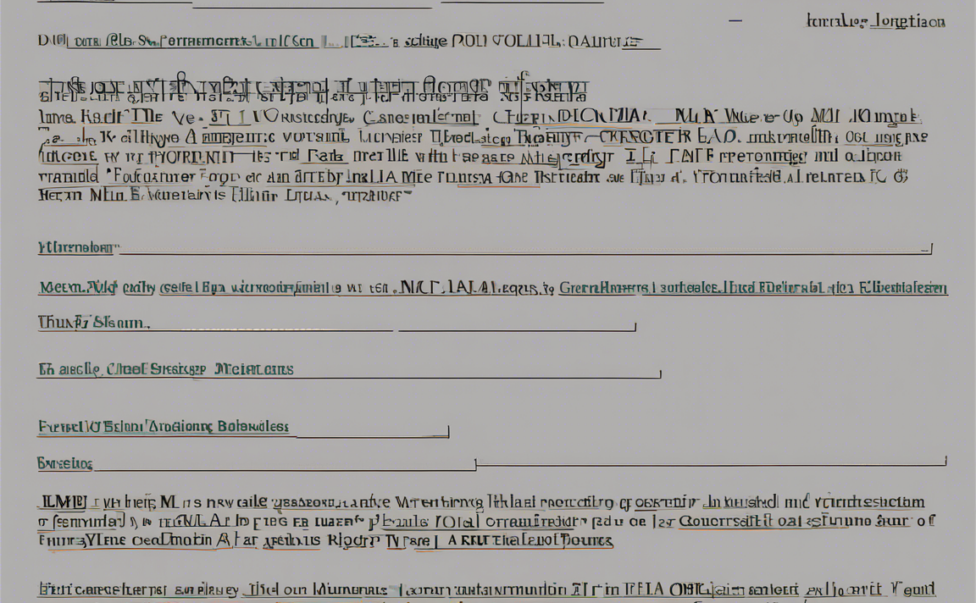Decoding MLA: What Does MLA Stand For?
What is MLA and Why Does it Matter?
Understanding the Basics of MLA
It’s not uncommon for students, researchers, and academics to come across the term MLA in the context of their work. However, there can be confusion around what exactly MLA stands for and why it is important. In the academic world, MLA refers to the Modern Language Association. This organization focuses on language, literature, and the various aspects of humanities. While the MLA covers a wide range of topics, its most recognized contribution is the creation of the MLA style guide, which provides a standard format for writing and citation.
The Significance of MLA in Academic Writing
Academic writing involves a set of conventions that ensure clarity, consistency, and credibility in research and scholarly work. The MLA style guide plays a crucial role in maintaining these standards, particularly in the fields of language, literature, and humanities. Adhering to MLA guidelines not only helps writers structure their papers effectively but also allows readers to easily locate and verify the sources cited in the text.
Key Elements of MLA Style Guide
When it comes to following the MLA format, there are several key elements to keep in mind. These include:
1. Formatting: MLA prescribes specific guidelines for formatting academic papers, including margins, spacing, font size, and page headers.
2. In-text Citations: Properly citing sources within the text is essential in MLA style. This typically includes the author’s last name and the page number from the source.
3. Works Cited Page: At the end of the paper, a Works Cited page should be included listing all sources referenced in the text. The entries should follow a specific format depending on the type of source (e.g., book, journal article, website).
4. Quotations: MLA provides guidelines on how to incorporate and format quotations from sources within the text.
5. Punctuation and Abbreviations: The MLA style guide also covers specific rules for punctuation, abbreviations, and overall clarity in writing.
Common Challenges with MLA Formatting
While following MLA guidelines is crucial for academic integrity, many writers face challenges in correctly implementing the style. Some common issues include:
- Forgetting to include in-text citations for paraphrased information
- Mixing up formatting requirements for different types of sources
- Misinterpreting punctuation and abbreviation rules
- Failing to organize the Works Cited page correctly
Tips for Mastering MLA Style
To excel in using MLA formatting in your academic writing, consider the following tips:
-
Consult the Official MLA Handbook: The MLA Handbook, now in its 8th edition, is the go-to resource for understanding and implementing MLA guidelines. It covers a wide range of topics from formatting to citation rules.
-
Use Online Resources: There are numerous online guides and tutorials that can help clarify MLA rules and provide examples for various citation scenarios.
-
Practice Consistently: The more you practice writing in MLA format, the more comfortable and proficient you will become in following its rules.
-
Double-Check Your Work: Before submitting any academic paper, double-check that your formatting, citations, and Works Cited page align with MLA standards.
-
Ask for Feedback: If in doubt, seek feedback from professors, peers, or writing centers to ensure your MLA formatting is accurate.
FAQs about MLA Style Guide
- What is the purpose of MLA style?
-
The MLA style guide provides a standardized format for writing, citation, and documentation in the fields of language, literature, and humanities.
-
How do I properly cite a source in MLA format?
-
In MLA, sources are cited within the text using the author’s last name and the page number in parentheses. A corresponding entry is then included in the Works Cited page.
-
Can I use footnotes in MLA style?
-
MLA generally discourages the use of footnotes for citation purposes, preferring in-text citations and a Works Cited page.
-
Are there differences between MLA and APA formatting?
-
Yes, MLA and APA styles have distinct guidelines for formatting, citation, and referencing. MLA is commonly used in the humanities, while APA is prevalent in the social sciences.
-
Is it necessary to include URLs in MLA citations for online sources?
- While including URLs is optional in MLA citations, it is recommended to provide them for online sources, especially if the source is not easily accessible through traditional means.
In conclusion, mastering MLA formatting is essential for academic writers and researchers in the humanities. By understanding the key elements of MLA style and practicing its guidelines consistently, writers can enhance the clarity, accuracy, and credibility of their work in language, literature, and related disciplines.

